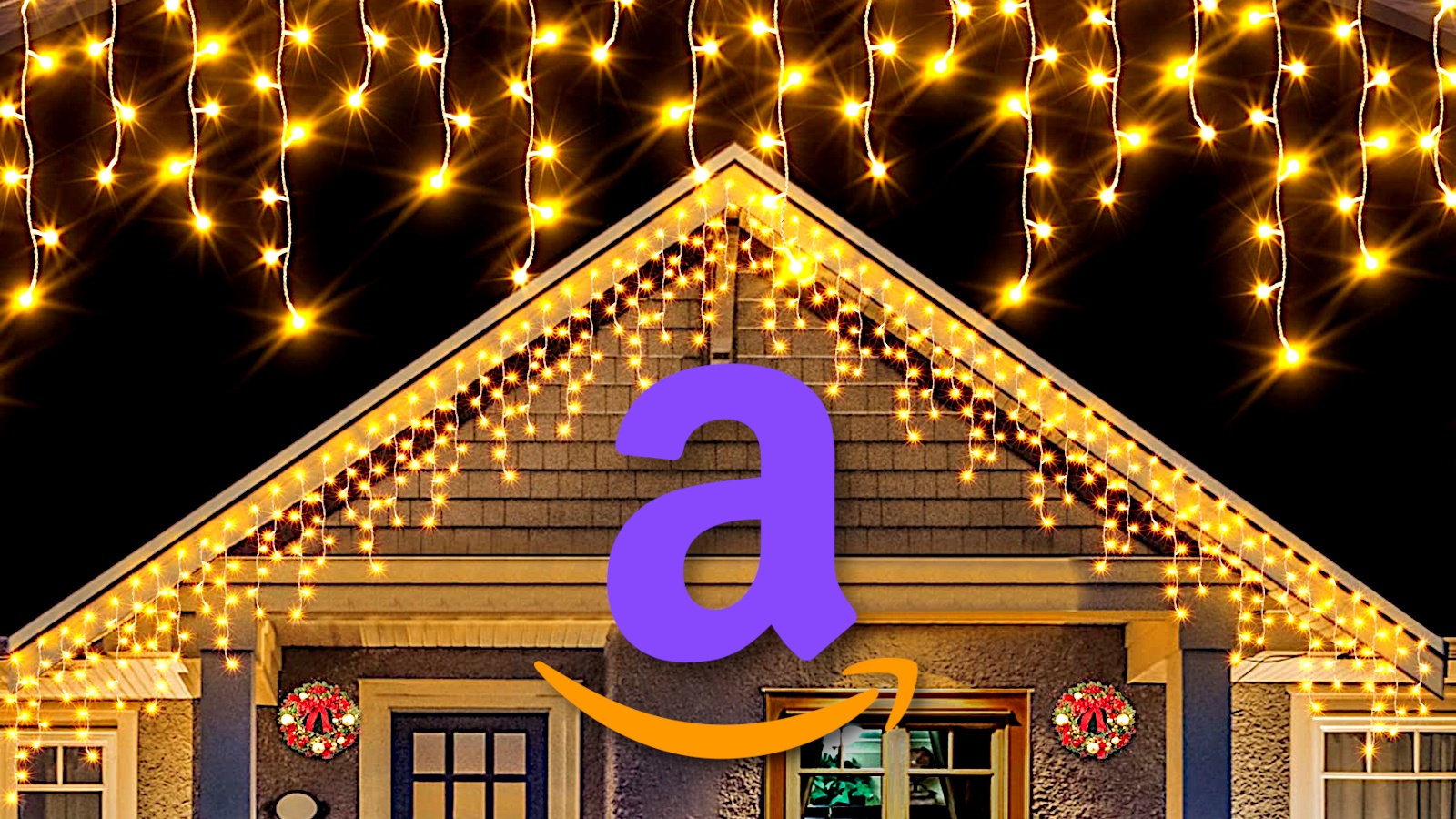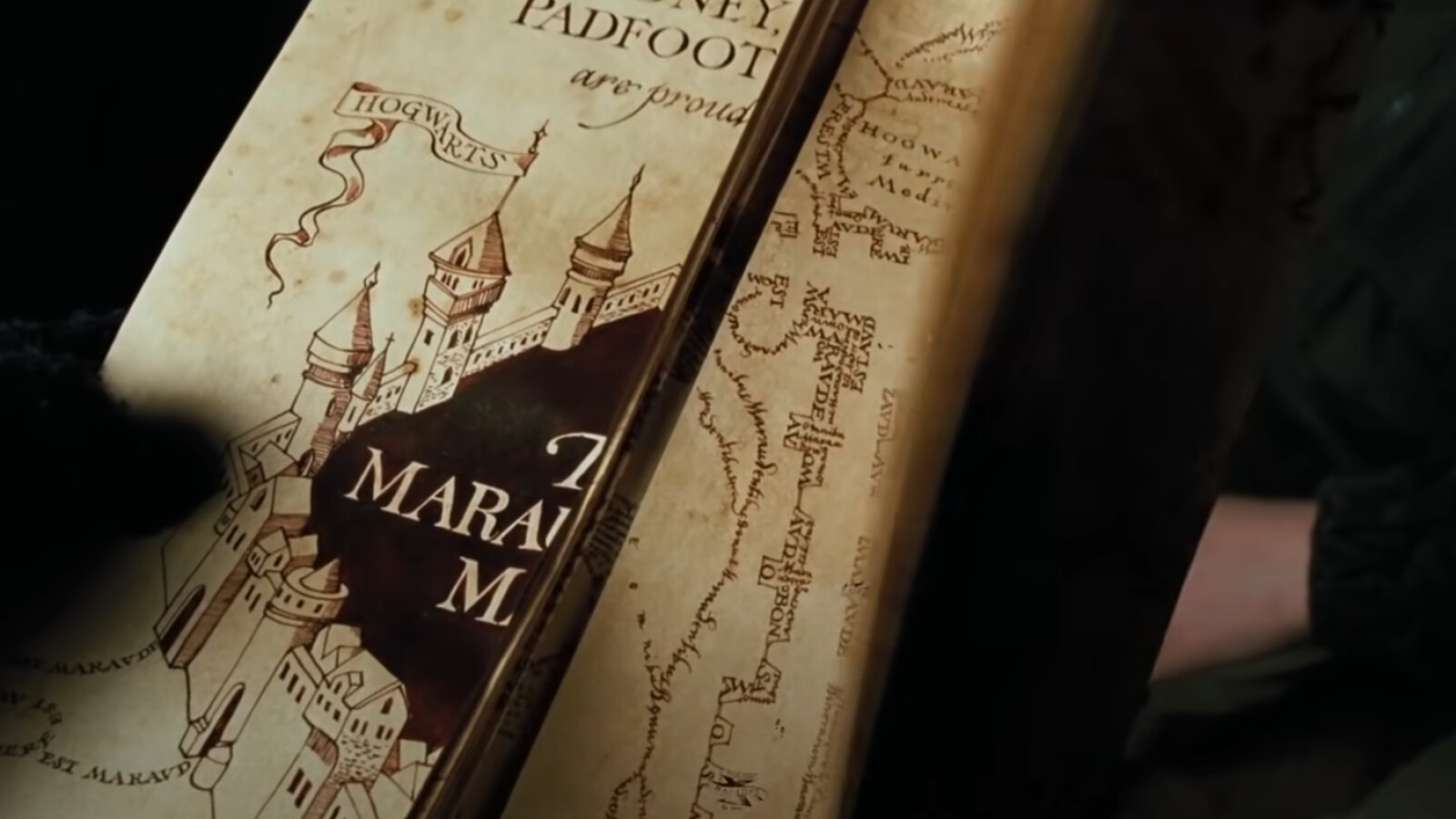We have changed the clocks for winter, the days are getting shorter and there has been gingerbread in the supermarket for what feels like months – a sure sign that Christmas is approaching. With that, the time for atmospherically lit windows, houses and Christmas trees is slowly beginning. But how high is the power consumption? We measured for you.
We use five different products from Amazon as a basis, which at the time of our measurement were right at the top of the list of bestsellers for Christmas lights. Like most products of this type, they rely on LEDs. On the other hand, anyone who keeps digging up a twenty-year-old chain of lights from the basement over the years will probably come to different conclusions.
Strictly speaking, it’s about the following products that we took a closer look at.
Some links included on this page are affiliate links. Depending on the provider, GameStar receives a small commission for purchases made via these links without affecting the price.
More info.
Power consumption at maximum brightness
With some Christmas lights, it is possible to reduce the luminosity or set different lighting effects. For the measurements in the table below, on the other hand, we always used the maximum brightness and permanent lighting without active effects such as blinking or the like.
Basically, the weaker the light, the lower the power consumption. Since the luminosity of the various effects is also usually reduced at least temporarily or switched off completely, the consumption is then also somewhat lower.
The choice of color can also have an impact on power consumption. In our example, the difference between the two identical ice rain fairy lights in warm white and blue/purple is very manageable. Let’s look at the exact values:
Table power consumption
| Product | power consumption |
|---|---|
| Ice rain light chain purple (486 LEDs) | 6,3 Watt |
| Ice rain light chain warm white (486 LEDs) | 6,6 Watt |
| Christmas tree lighting (280 LEDs) | 3,9 Watt |
| Light chain for indoor/outdoor (50 LEDs) | 0,5 Watt |
| candle arch (8 LEDs) | under 0.1 watts |
| 3D luminous star (1 E14 lamp) | 2,4 Watt |
Unsurprisingly, the power consumption depends in particular on the number of LEDs used, whereby, as already mentioned, the color and the luminosity that is rarely specified also play a role. Overall, the consumption of our example decoration is very limited anyway.
What does this mean for electricity costs?
Assuming six hours of operation a day (from around 5 p.m. to 11 p.m.) with an operating time of 40 days and electricity costs of 37.3 cents per kilowatt hour (source: Federal Association of Energy and Water Management as of July 2022) an example calculation looks like this:
6 hours a day * 40 days * 6.6 watts of power consumption = 1,584 watt hours = 1.584 kilowatt hours * 37.3 cents electricity price = 59.1 cents
Since in this example we have already selected the product from our comparison that consumes the most electricity, the costs in the other cases are even lower, as the following table shows:
Electricity cost table
| Product | Electricity cost example |
|---|---|
| Ice rain light chain purple (486 LEDs) | 56,4 Cent |
| Ice rain light chain warm white (486 LEDs) | 59,1 Cent |
| Christmas tree lighting (280 LEDs) | 34,9 Cent |
| Light chain for indoor/outdoor (50 LEDs) | 4,5 Cent |
| candle arch (8 LEDs) | unter 1 Cent |
| 3D light star (one E14 lamp) | 21,5 Cent |
Thanks to energy-saving LEDs, Christmas decorations don’t tear a hole in our wallets. At the same time asks Europe environmental aid nevertheless, because of the energy crisis, it is at least a matter of forgoing excessive lighting. Overall, Europe private households alone consumed 623 million kilowatt hours for Christmas lights last year.
Have you put up Christmas lights yet or are you planning to? Do you want to step back a bit compared to previous years? Or do you generally not decorate your home with Christmas lights? Feel free to write it in the comments!
Table of Contents









